Stinging nettle is not just a stinging weed, it is a wonderful herb, a powerhouse of vitamins and minerals just waiting for you to use. Learn how to forage and harvest stinging nettle without getting stung and what to do if you are. Find out stinging nettle’s wonderful nutrients & how to use and preserve this fantastic herb, including how to make a nettle tea infusion!
*In a hurry? Pin for later!

Why I love Stinging Nettles!
I used to hate stinging nettle, playing outside as a kid, randomly getting stung if I wasn’t paying attention and it hurt!
Now I love stinging nettle leaf, it is a wonderful herb! So much so that I’d be willing to plant some if the area I lived didn’t have any.
I love that this is one of the first wild edibles that pops up in the spring, along with dandelions. Once cooked/steamed or dried the stings are gone. Amazing right!
One of the best things about stinging nettle is that it can pull more minerals out of the soil than any other plant!
It is packed full of so many essential minerals and vitamins, especially those my woman body needs, such as being a high source of iron. Read more below where I share more details about this and benefits of stinging nettle.
A word on the iron, myself and numerous women I’ve talked to will make a tea combo of nettle leaf combined with red raspberry leaf tea and have wonderful results.
Stinging nettle benefits – So nourishing!

The stinging nettle plant is able to pull more minerals out of the soil than any other plant! Amazing right?!
Stinging nettle has an incredible amount of minerals and vitamins.
Stinging nettle contains these minerals: Iron, calcium, magnesium, potassium, maganese, selenium, silicon, sodium, zinc, copper, chlorine, sulphur, chromium, iodine.
Nettle leaf contains almost the whole alphabet of vitamins! Vitamins A,B,C,D,E, and K!
Strong nettle infusions can nourish the adrenals, regulate blood sugar, improve nutrient intake and build iron levels.
If you’re a pregnant mama, you may be thinking this plant sounds a lot like your prenatal’s list of ingredients. You can read more about the nettle in Isabell Shipard’s book, How can I use Herbs in my Daily Life?
Important Note: I am not a medical professional. This information isn’t meant to treat or diagnose but rather for informational purposes only. Always check with your medical practitioner before adding herbs into your routine.
How to Use stinging nettle
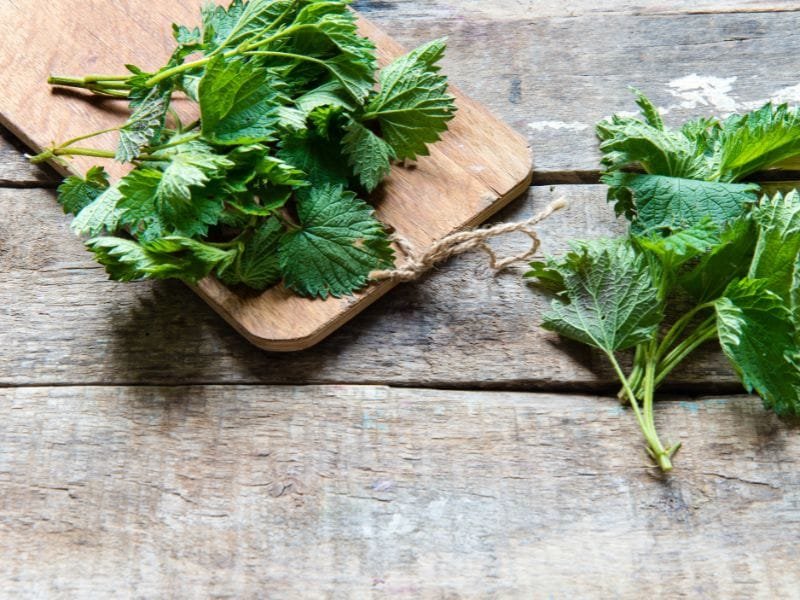
How to use fresh stinging nettle is best steamed so it looses it’s stinging abilities. Also once dried stinging nettle will not sting.
How I like to use stinging nettle is quite broad. Steamed (almost anywhere one would use steamed spinach), dried for tea or in soup and even homemade pasta to give it a green colour. Dried nettle can be put into salves, shampoo, soaps, and other body products.
If it’s early spring, I’ll pick some (using gloves always) and give them a quick rinse in a colander. Then steam them, top with a little salt and lemon juice makes for a delightful side for dinner. Remember once steamed the nettle looses its sting.
Some people who struggle with imbalance in hormones or arthritis will use nettle leave tea or infusions or salves. I’ve personally found nettle tea helpful in assisting in boosting iron levels some.
What does stinging nettle look and taste like?
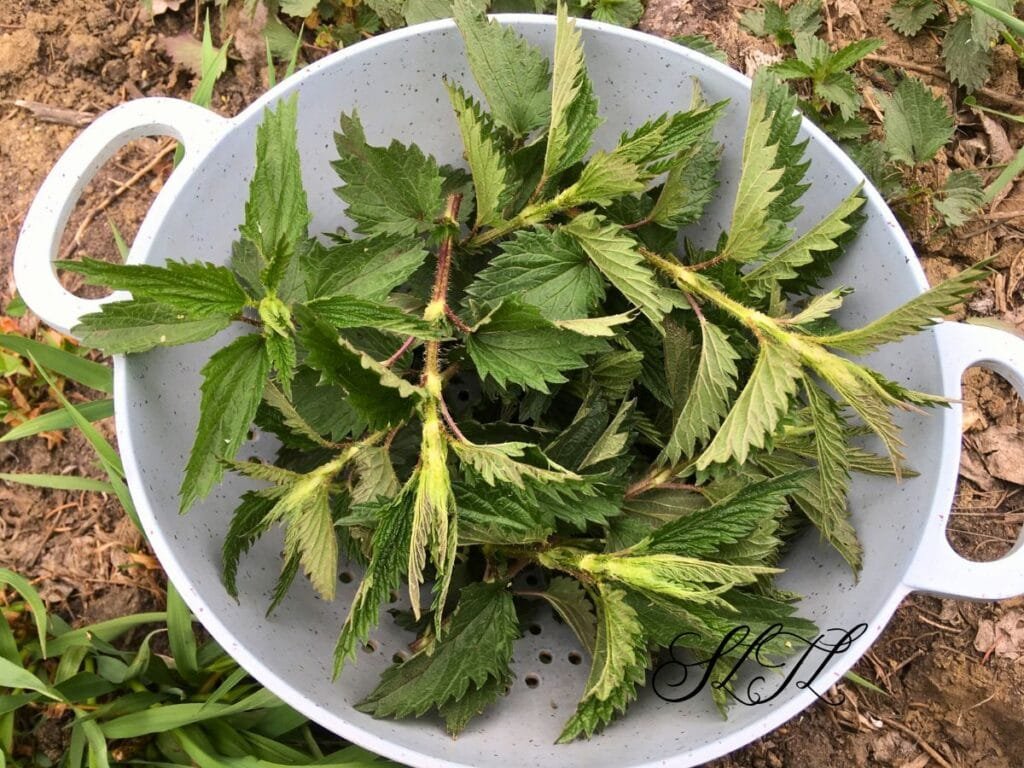
This is what stinging nettle looks like when young and once it’s grown.
Stinging nettle leaves taste kind of like spinach with a bit of an earthy flavour. If you harvest them later on in the growing season they may have a slightly bitter taste.
Ideally harvest nettle when it’s younger and first thing in the morning once the due has dried to get the most nutrient value.
Where does stinging nettles grow?
Wondering where to find and forage for stinging nettle? Stinging nettle likes to grow in damper, high nutrient soil.
You can look for it along the edge of a forest or in a lower meadow clearing. It also will pop up plentifully near marshy, low level areas as well.
Where to Plant & Never Plant stinging nettle.

If you don’t have any stinging nettle on your property and want to know how to grow stinging nettle. Here are some important things to consider before planting stinging nettle just anywhere.
Do NOT plant stinging nettle in your garden!
Stinging nettle is an intrusive weed that will take over an area. It grows from tubers underground and spreads. Never plant it in or near your garden.
If your homestead doesn’t have any nettle, I’d plant some in a far conner of your property far away from your garden and flowerbeds to avoid spreading into your garden. Ideally this would be in a lower level marshy or wet area at least in spring.
What’s the best time to harvest stinging nettle?
In the spring

Early spring is the best time for harvesting nettle leaves.
You’re looking for the nettles to have 4-6 inches of plant before they start to flower in late spring and summer. In an ideal world the plant should be no more than a foot tall.
I also find in early spring there is the least amount of bugs that have decided to lay eggs or eat the nettle leaves. Yes, apparently some bugs like stinging nettle too!
Another benefit of harvesting nettle in spring means you should be able to avoid the mosquitoes that often like the same areas as the stinging nettle.
And though I have only the word of my friend, who claims the sting of the nettle leaf is not as bad or not at all in very early spring. I personally didn’t want to find out and kept my gloves on.
In the late summer or fall
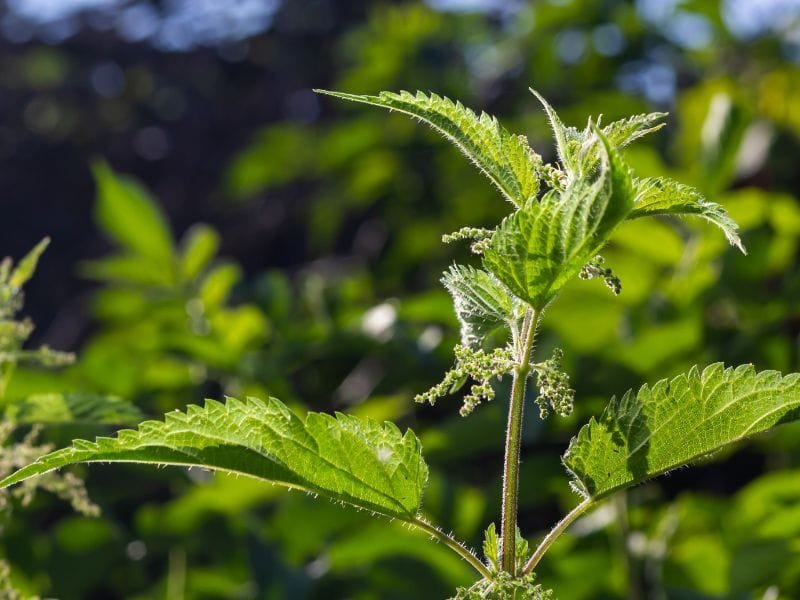
You can harvest stinging nettle leaves in the summer. However you’ll just have to deal with more bugs, not my favourite, but I’ve totally done it.
In the fall one can harvest stinging nettle seeds for medicinal uses in salves and tinctures. But here I’m focusing on harvesting stinging nettle leaves for tea or culinary uses.
How to harvest stinging nettle without getting stung?
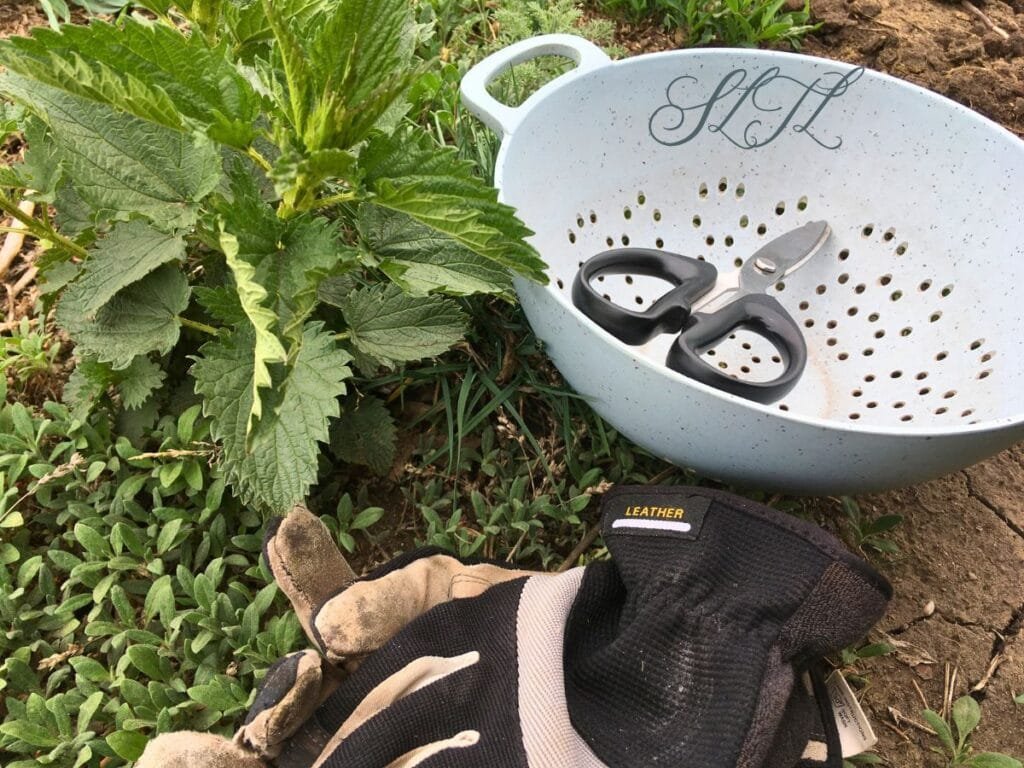
The tiny nettle pricks that sting only sting if they come in contact with your skin. So here’s how to avoid being stung.
When harvesting stinging nettle grab yourself some scissors, garden gloves (make sure there is no holes). Then down some long sleeve shirt, long pants, boots and you should be sting proof. Easy!
If you do get stung it’s uncomfortable but not serious, and there’s an antidote for it that likely is growing nearby called plantain.
How to treat a stinging nettle rash.
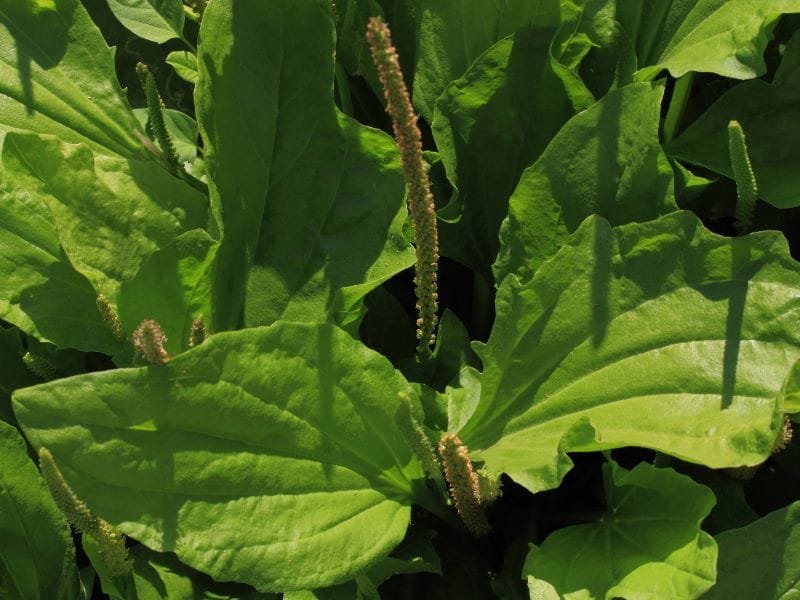
If you’re going to forage stinging nettle there’s a chance that you will one day get stung. Stinging nettle rash treatment is actually pretty simple and usually readily available. Plantain.
There’s a saying that for every plant that injures another that heals the injury isn’t far away. This if true for stinging nettle. Nearby you often will be able to find some plantain growing, the treatment plant to a nettle rash.
Plantain leaves, once mashed up in your hands (I’ve heard some people like to chew them up and make a past, you do you) as best you can so that the plants juices are released. Then place the plantain leaf directly on the sting and wait a few minutes. This has done wonders to ease the sting of the nettle rash.
(This tip even works for bee stings, providing the person is NOT having an allergic reaction to the sting.)
How to preserve stinging nettle, drying nettle leaf.

After harvesting stinging nettle it’s time to preserve it for later use by drying it. It’s very similar to drying any herb such in my post about drying oregano where I share detailed step by step instructions.
Once the stinging nettle is harvested, I like to give the nettles a good shake to make sure there are no insects on them. Then place them in a hanging drying mesh rack or lay them out on a large towel or on cardboard to air dry. You could hang them to dry however, be careful to not get stung. Make sure there is enough airflow to avoid any mold growth.
Other ways to dry nettle leaves would be to use a dehydrator or freeze dryer.
Make sure you don’t leave the nettles in the sun to dry as the sun will deplete the nettle leaves of their nutrients and could possibly cause discolouring too.
Once the nettles are completely dry (crumble to the touch), you can take the leaves off the main stem placing them into a large bowl. Then transfer to a glass jar and store for later use.
How to store stinging nettles.
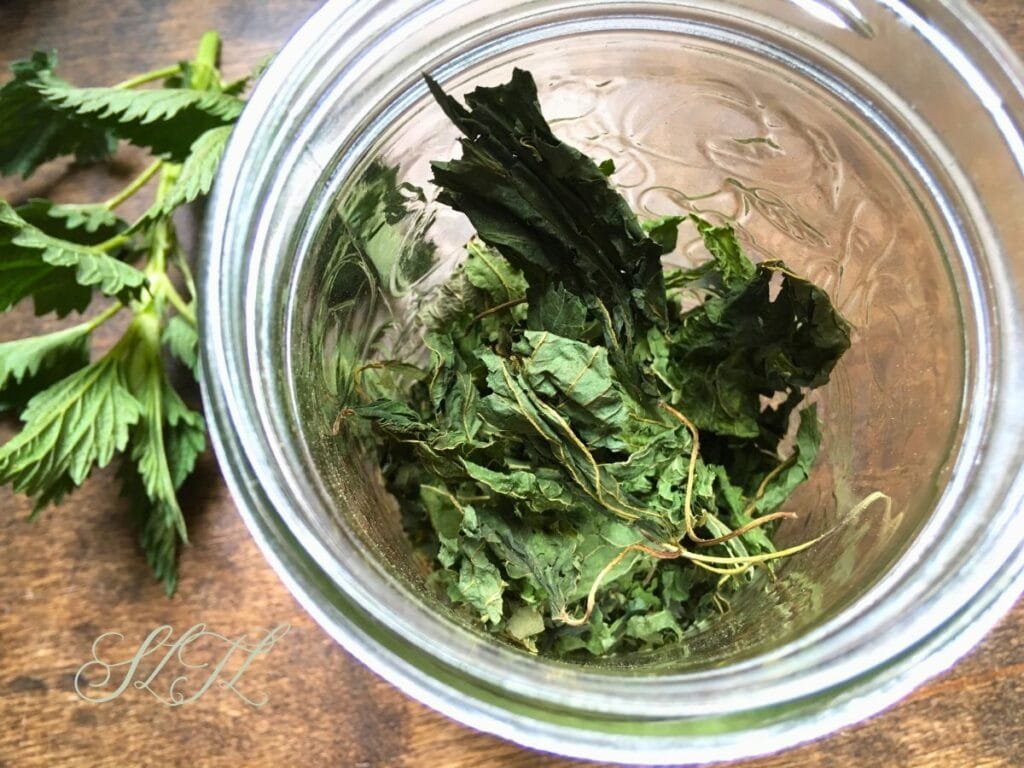
When you nettle leaves are completely dry so that they crumble and crackle to the touch, they’re ready for storage.
Store the leaves in an air tight mason jar. I like to use the leek proof lids. If you live in a place of high humidity you may want to use the food grade silica gel packs to absorb any extra moisture and prevent mold.
You could crumble the nettles into a powder to use in making pasta, adding to stews or curries, or for making body products.
Make sure to store out of the sun to avoid loosing the amazing nutrient values of the nettles.
How long does stinging nettle leaf last?
The rule of thumb with almost all herbs is that they will maintain their nutrient value for about a year.
This however doesn’t mean that you should throw it out after a year if you’re unable to harvest more. Just be aware that you may need to use more of the nettle leaves to get the same nutrient values.
How to make nettle tea.
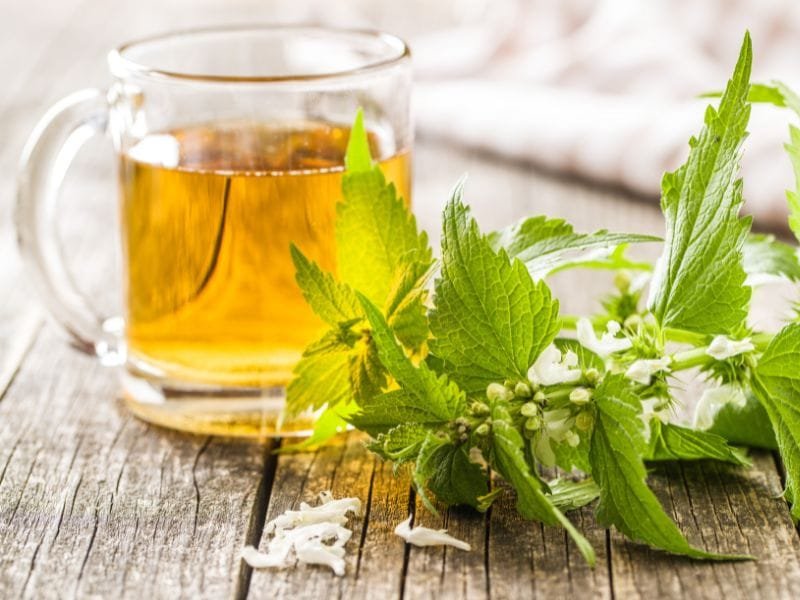
When making herbal tea, the main formula to use is:
- 1 tsp dried herb (1 Tbsp fresh herb)
- 1 cup boiling water
Steep for up to 15 minutes and that gives you a basic, pale tea.
However, there’s a wonderful way to maximize the nutrients from the tea, it’s called overnight infusions.
Overnight Nettle Leaf Infusion tea
Overnight infusions is something herbalists, like Aviva Romm, love as it produces a significantly darker tea with a much higher concentration of nutrients.
I like to make bigger batches to sip from over a day or two. This recipe is taken from Dr. Aviva’s recipe in her book, Natural Pregnancy.
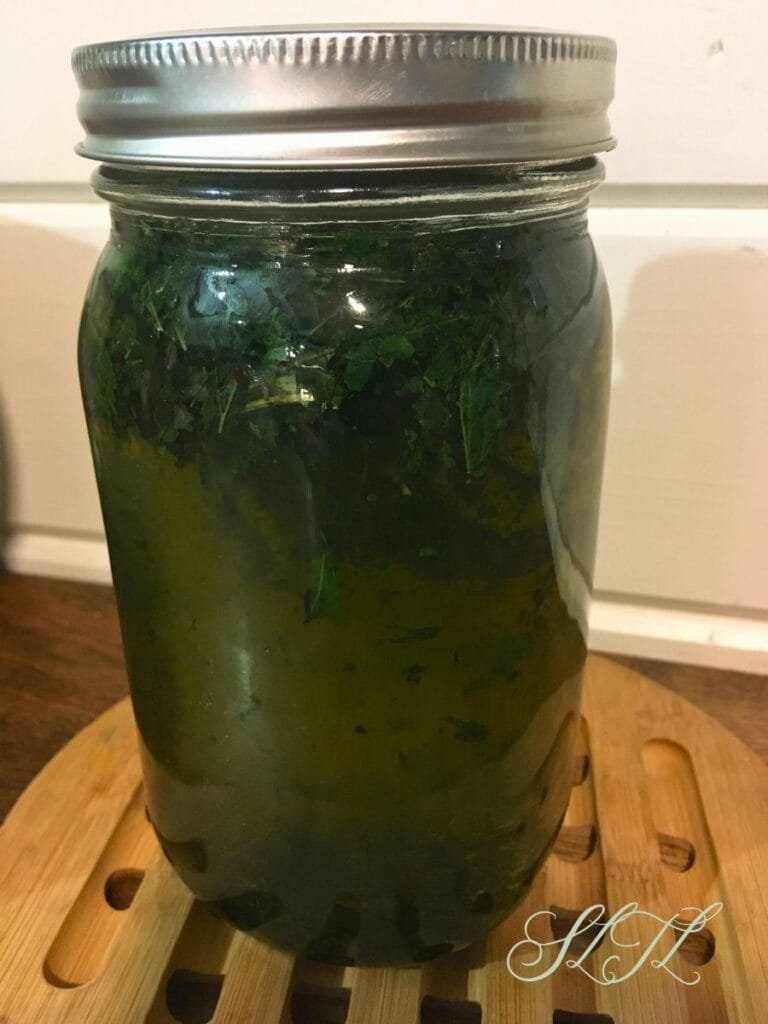
Ingredients
- 4 Tablespoons of dried nettle (fresh isn’t recommended for this)
- 1 quart jar
- Boiling water
Instructions
- Place the herbs in the jar.
- Fill the jar with water.
- Cover and seal the jar.
- Allow to sit on counter top for at least 4 hours, or preferably overnight.
- Strain out the herbs.
- Drink 1-3 cups per day.
- Store in the fridge and drink within 24 hours.
Enjoy this nourishing tea!
Tea will usually last 24 hours once steeped if stored in the fridge. It will last around 8-12 hours if kept at room temperature.
Go ahead and pin this to your foraging board for later!
Do you like nettle tea or a nettle infusion? Have you ever considered foraging for it yourself? I’d love to hear all about it in comments below!

Everything you need to harvest stinging nettle, plus some!
This post contains affiliate links, which means I make a small commission at no extra cost to you. See my full disclosure here.
- Thick gloves
- Garden pruning shears or Scissors
- Basket or bowl
- Hanging Mesh Drying Rack
- Colander (for washing if steaming nettle leaves)
- Nettle Seed
- Nettle tea
- Natural Pregnancy by Aviva Romm (contains herbal recommendations)
Snag this FREEBIE: Gardening Planting Guide
Want to know when to plan what in your garden? Find out what seeds have to be started indoors and all the things you can plant directly in ground.
Grab my FREE gardening planting guide here!

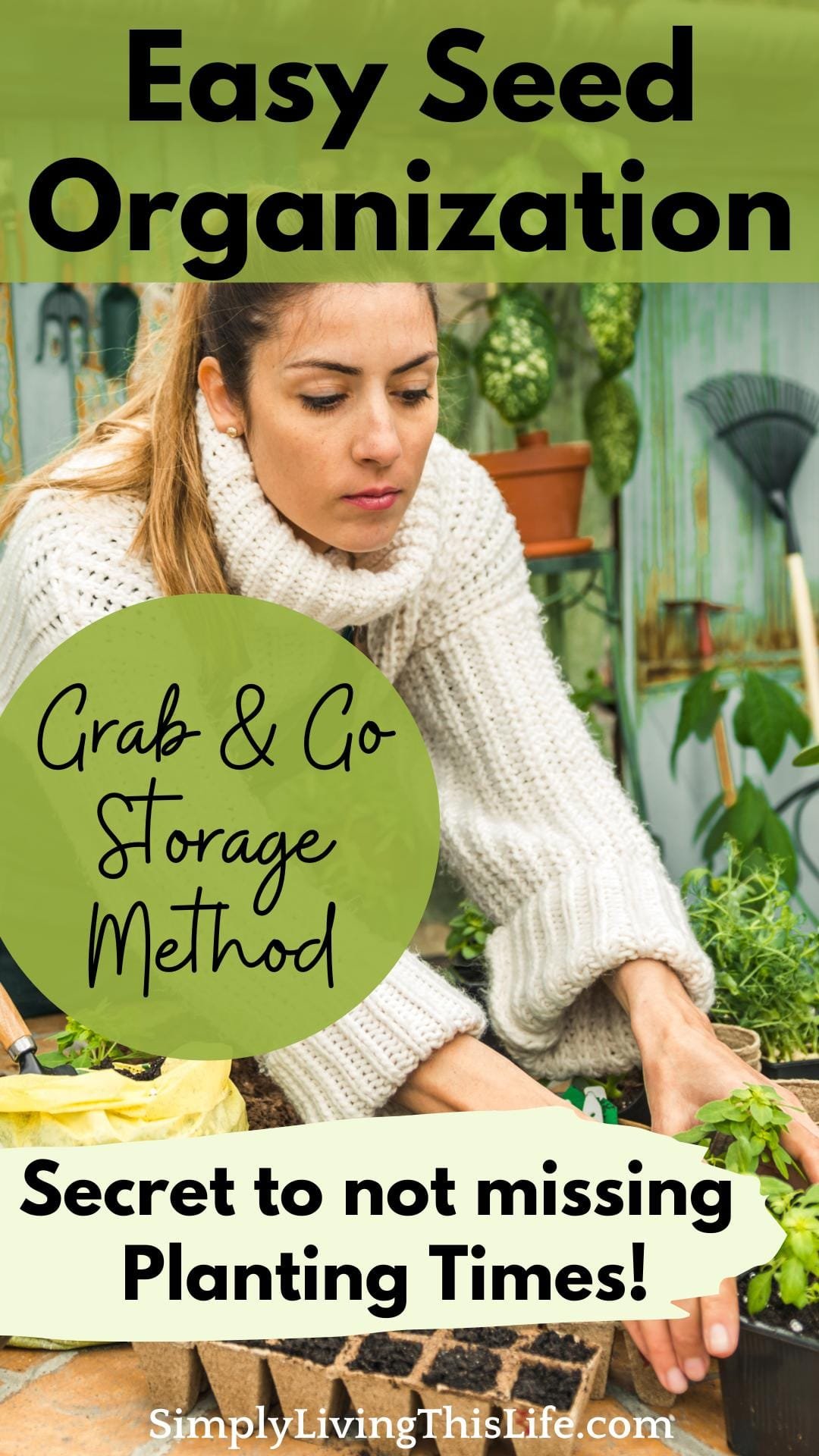
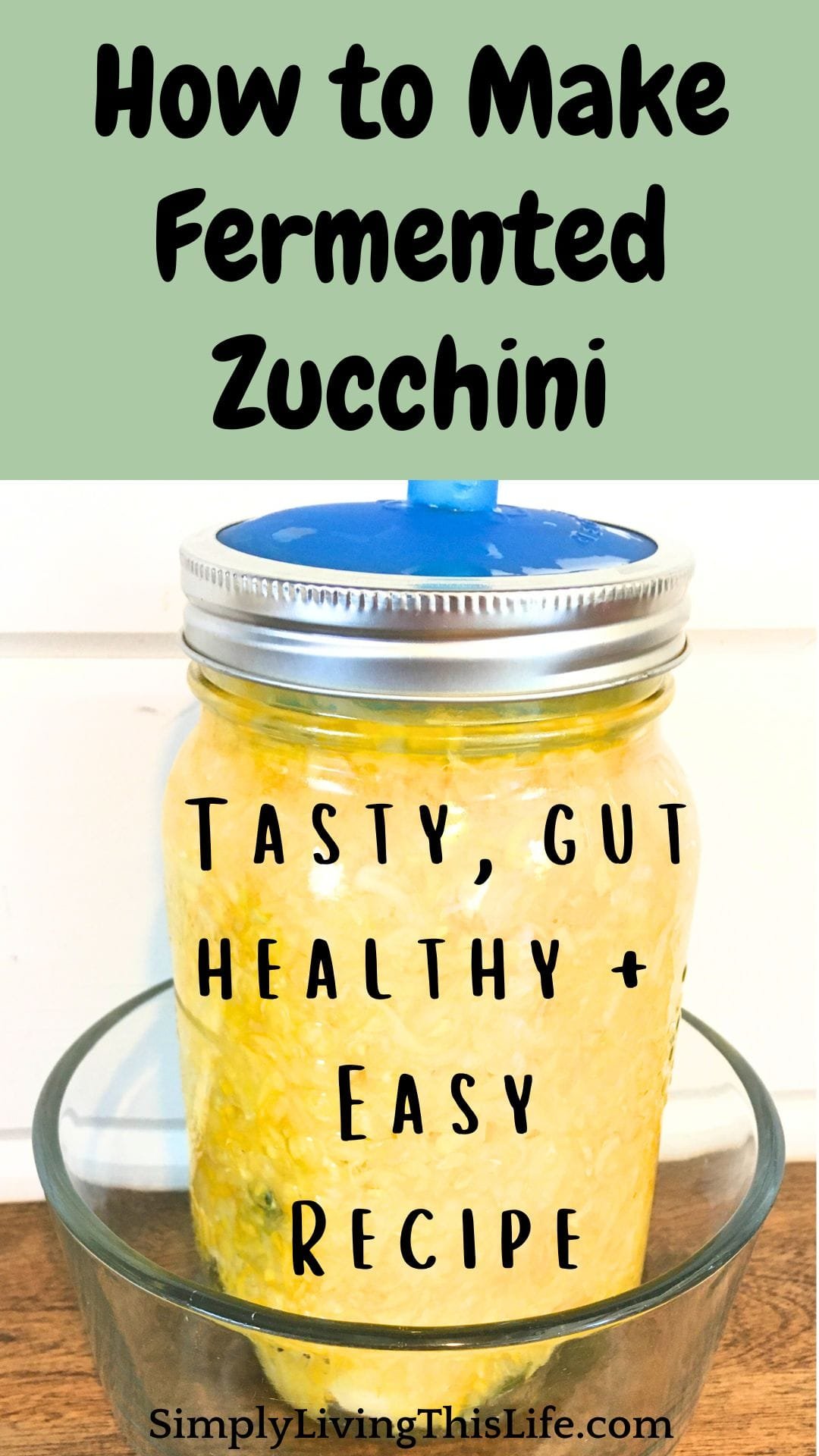




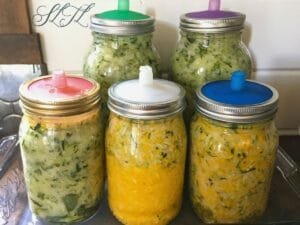

Leave a Reply